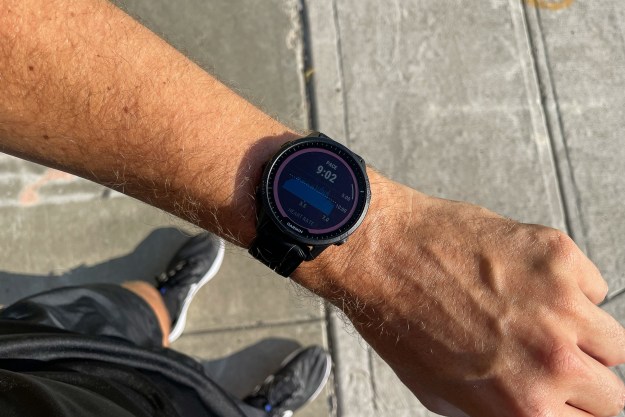The European Southern Observatory (ESO) has captured an image of a cosmic phenomenon known as a planetary nebula. The glow of planetary nebula ESO 577-24 will last only a short time — 10,000 years, which is extremely brief in cosmic terms — and the ESO managed to capture this image of the last dying breath of a star.
You can see the dying star Abell 36 in the middle of the image, with a gaseous shell around it that will gradually spread out into space. The nebula is all that remains of a red giant star which has run out of fuel and contracted, causing its core to reignite due to the immense pressure from gravity and throwing off its outer layers. This process left behind a much smaller and very dense hot dwarf star in its place. Despite its name, there are not actually any planets involved in a planetary nebula — the name comes from a misunderstanding all the way back in the 1780s when astronomers first observed these nebulae and through that they looked like planets.

The image was captured by the ESO’s Very Large Telescope and shows the shell of glowing ionized gas around the dying star. Over time, this gas will dissipate and the planetary nebula will expand and grow gradually dimmer until it disappears from view entirely. The image shows red and blue colors due to the optical emissions of red and blue wavelengths, and the ejected layers of the former red giant glow because of intense radiation coming from the core.
This planetary nebula was first observed in the 1950s as part of the National Geographic Society — Palomar Observatory Sky Survey, but only recently has it become possible to observe it in detail thanks to powerful telescopes. The image was created for the ESO Cosmic Gems Programme, an unusual project which aims to get the public interested in astronomy by producing images of interesting and visually attractive cosmic phenomena.
The ESO also released a video explaining the planetary nebula phenomenon, which you can watch below:
Editors' Recommendations
- See the dramatic and beautiful Flame Nebula in Orion
- Spitzer’s last hurrah is a beautiful image of the spooky Tarantula Nebula
- The Very Large Telescope captures the beautiful remnants of a dying star



